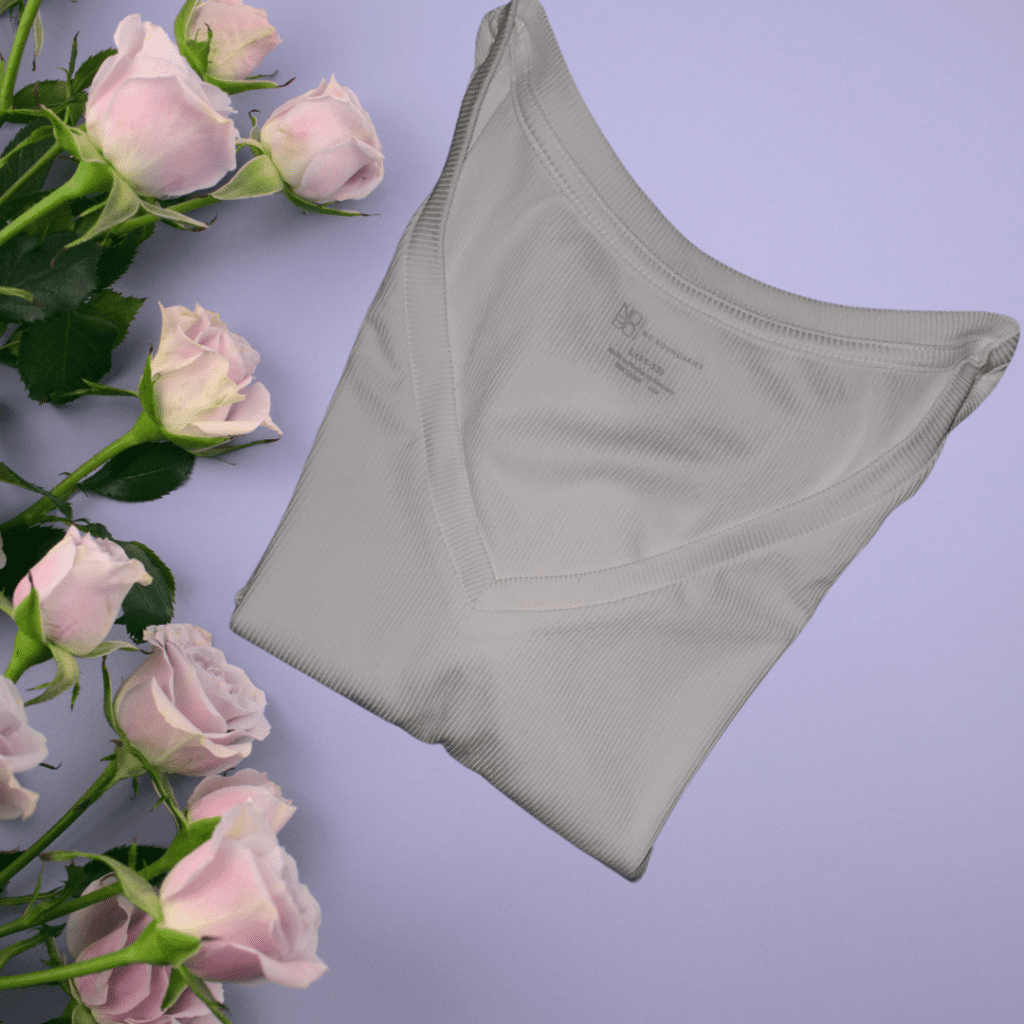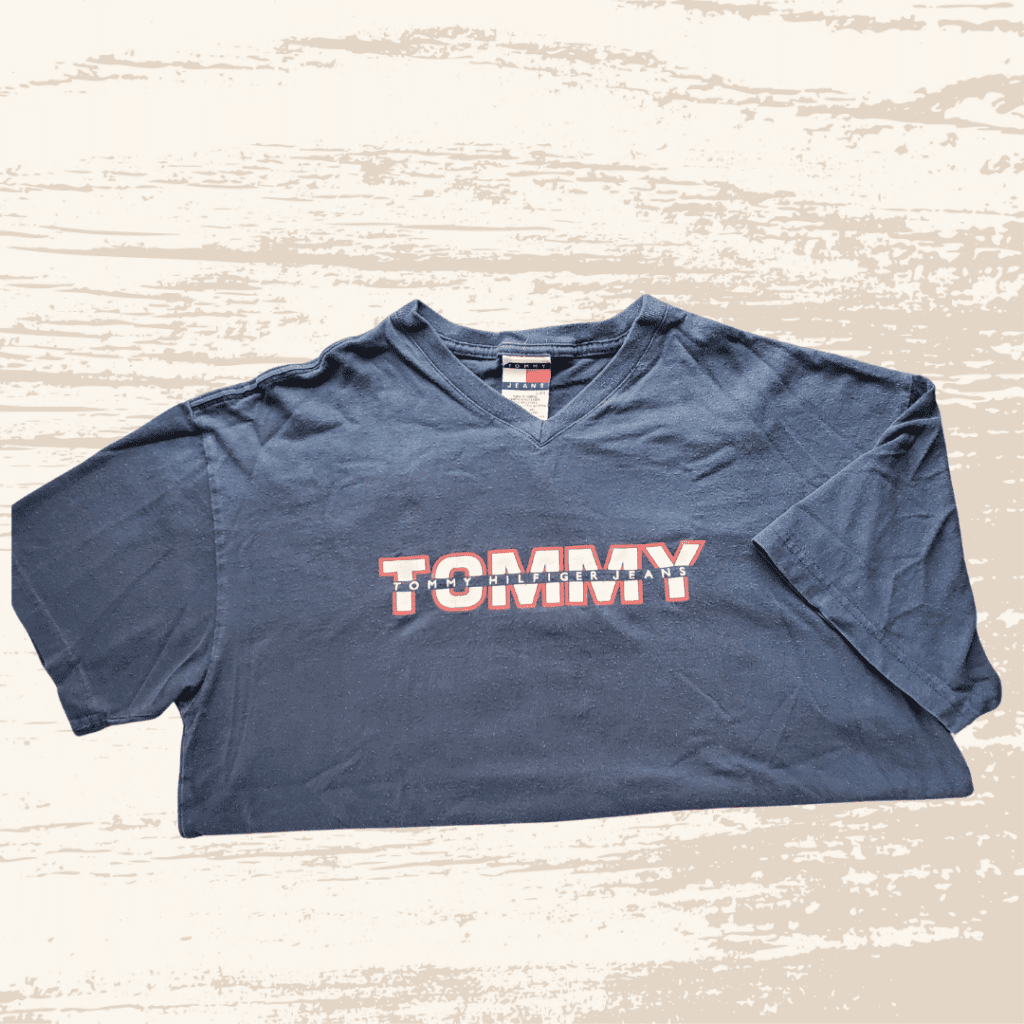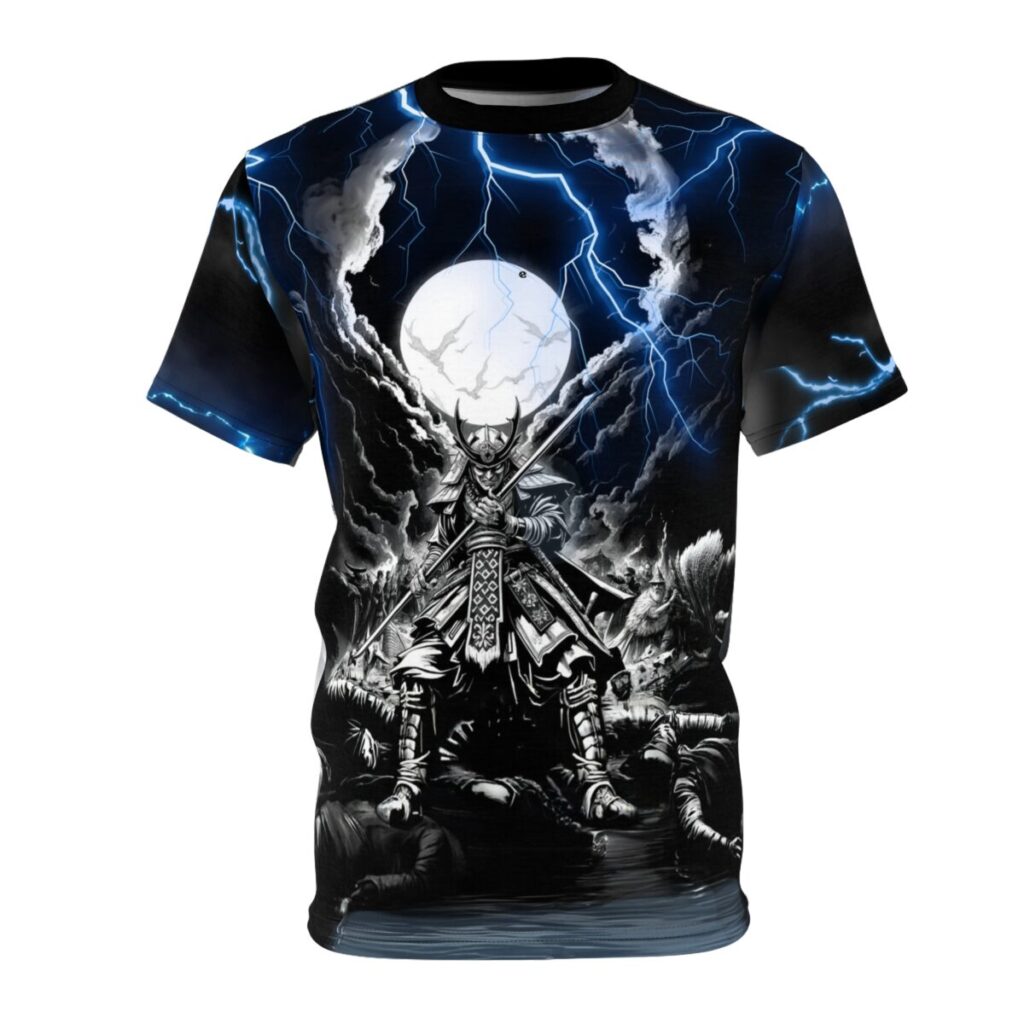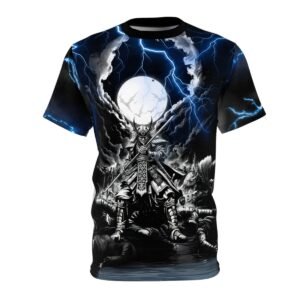Introduction:
The humble t-shirt. A wardrobe staple for over a century, this simple garment has become a ubiquitous symbol of comfort, self-expression, and cultural identity. But the t-shirt we know and love today has undergone a fascinating transformation since its origins as a humble undergarment. This article delves into the rich history of the t-shirt, exploring how designs have evolved over the decades while also highlighting the enduring elements that have kept this basic piece of clothing a mainstay in our closets.

From Undergarment to Icon: The Early Days of the T-Shirt
The t-shirt’s story begins in the late 19th century as a solution for laborers toiling in the heat. Workers would cut their jumpsuits in half for some relief from the sweltering conditions. This simple act of practicality laid the foundation for the t-shirt’s future. Between the Spanish-American War in 1898 and 1913, the US Navy formally introduced the t-shirt as a standard undershirt for its sailors, recognizing its comfort and hygiene benefits. These early t-shirts were primarily made of white cotton knit, featuring a crew neck and short sleeves, designed to be worn beneath uniforms.
Interestingly, the Cooper Underwear Company started promoting a new style of undershirt in 1904, called the “bachelor undershirt.” This was a pullover style, eliminating the need for buttons and offering a more durable and easier-to-maintain option. This design further simplified the t-shirt, moving it closer to the style we know today. The term “t-shirt” didn’t officially enter the English dictionary until 1920, thanks to F. Scott Fitzgerald’s novel “This Side of Paradise.” By the 1930s, with the advent of central heating, lighter undergarments became more desirable, and the t-shirt’s popularity began to rise among the general public.
The Rise of the T-Shirt as Outerwear
World War II played a significant role in the t-shirt’s transition from undergarment to outerwear. Soldiers stationed in warm climates frequently wore t-shirts as part of their uniform, exposing this practical garment to a wider audience. In 1942, a printed t-shirt from an Air Corps Gunnery School even graced the cover of Life magazine, marking an early example of the t-shirt’s potential as outerwear. Post-war, veterans continued to wear their t-shirts as everyday casual wear, further normalizing its presence outside of the military context.
However, it was the influence of Hollywood that truly catapulted the t-shirt into the realm of fashion. In the 1950s, cultural icons like Marlon Brando and James Dean sported t-shirts in films like “A Streetcar Named Desire” and “Rebel Without a Cause,” solidifying its association with rebellion and masculinity. This era marked a turning point, as the t-shirt evolved into a symbol of coolness and individuality.
The T-Shirt as a Canvas for Self-Expression: The 1960s and Beyond
The 1960s ushered in a new era for the t-shirt, transforming it into a canvas for personal expression. Advancements in screen printing technology, coupled with the burgeoning counter-culture movement, led to an explosion of t-shirt designs featuring political slogans, band logos, and artistic expressions. Tie-dye techniques further added to the creative possibilities, allowing individuals to personalize their t-shirts with vibrant colors and unique patterns. This era also saw the rise of Plastisol ink, a revolutionary development in t-shirt printing. This durable and flexible ink made it easier to mass-produce t-shirts with intricate designs, further democratizing fashion and allowing individuals to express themselves through their clothing.
The impact of Coco Chanel in the 1910s also deserves mention. While not a t-shirt in the traditional sense, her introduction of the Breton stripe top in her 1917 nautical collection brought a new style of casual shirt into the fashion world. This striped, long-sleeved top, originally worn by French sailors, became a fashion statement, demonstrating the potential for simple shirts to transcend their utilitarian origins.
This trend of self-expression through t-shirts continued throughout the 1970s, with t-shirts reflecting the social and political climate of the time. Slogans like “Keep on Truckin'” and the ubiquitous smiley face became symbols of the era. The rise of popular culture further fueled the t-shirt’s evolution, with designs inspired by movies, TV shows, and music becoming increasingly common.

T-Shirt Trends Through the Decades: A Visual Journey
To better understand the evolution of t-shirt designs, let’s take a closer look at some of the defining trends of each decade:
1950s: Plain white t-shirts, often worn with jeans, became a symbol of rebellion and coolness thanks to Hollywood icons like Marlon Brando and James Dean.
1960s: Tie-dye, band t-shirts, political slogans, and vibrant colors reflecting the counter-culture movement. Surf and beach culture inspired designs featuring palm trees, waves, and surfboards.
1970s: Slogans like “Keep on Truckin'” and the smiley face, along with designs inspired by movies and TV shows like “Charlie’s Angels” and “Star Wars.” Ringer tees with contrasting collar and sleeve trim.
1980s: Bold graphics, neon colors, and oversized fits. Band t-shirts for rock bands like AC/DC and Def Leppard. Movie-themed t-shirts, such as those featuring “The Breakfast Club” and “Ghostbusters.”
1990s: Grunge aesthetics, oversized band t-shirts, and graphic tees with bold logos and slogans. Sports-themed t-shirts, particularly those featuring basketball teams like the Chicago Bulls.
2000s: Pop culture references, graphic tees with bold designs, and slogans. Edgy and humorous t-shirts with sayings like “I Love My Attitude Problems.” Early 2000s trends included layered tank tops and oversized belts. Movie-themed t-shirts like “Vote for Pedro” from Napoleon Dynamite.
2010s: Minimalist designs, small logos, and statement slogans. Vintage and retro-inspired designs. Increased focus on sustainable and eco-friendly t-shirts.
The Enduring Appeal of the T-Shirt: What’s Stayed the Same?
While t-shirt designs have undoubtedly evolved over the years, some core elements have remained constant. The basic structure of the t-shirt – its T-shape, short sleeves, and crew neck – has largely stayed the same. This simplicity is arguably a key factor in the t-shirt’s enduring appeal, providing a blank canvas for endless design possibilities while remaining comfortable and easy to wear. Cotton remains the dominant fabric choice, prized for its comfort and breathability. The consistent use of cotton throughout the t-shirt’s history further speaks to its focus on comfort and practicality.
Perhaps the most enduring aspect of the t-shirt is its versatility. It can be dressed up or down, worn for a variety of occasions, and serves as a blank canvas for self-expression. Whether it’s a plain white tee or a graphic design showcasing your favorite band, the t-shirt continues to be a comfortable and accessible way to express your personal style.
The Cultural and Social Impact of T-Shirt Designs
Throughout history, t-shirts have played a significant role in social and cultural movements. They serve as “emblematic banners of unity and collective identity,” allowing individuals to visually communicate their support for a cause without saying a word. In the 1960s and 70s, they became powerful tools for expressing political views and advocating for social change. T-shirts with slogans supporting civil rights, protesting the Vietnam War, and promoting feminist ideals became symbols of resistance and solidarity.
This tradition continues today, with t-shirts serving as visual declarations of support for various causes, from environmental awareness to racial equality. For example, “Black Lives Matter” t-shirts have become a powerful symbol in the fight against systemic racism and violence. They provide a platform for individuals to express their beliefs, raise awareness, and foster a sense of community.
Current Trends and Innovations in T-Shirt Design
The world of t-shirt design is constantly evolving, with new trends and innovations emerging all the time. Some of the current trends include:
- Minimalist Designs: Clean lines, simple graphics, and limited color palettes.
- Retro and Vintage Aesthetics: Nostalgic designs inspired by past decades, such as retro fonts and vintage-inspired illustrations.
- Bold Typography: Oversized and innovative typography combined with striking visuals.
- Eco-Conscious Designs: T-shirts made from sustainable materials and featuring environmentally friendly messages, reflecting a growing consumer demand for ethical and sustainable fashion.
- Y2K Trends: Early 2000s inspired designs with bold colors, playful graphics, and retro fonts.
- Pastel Color Schemes: Soft and muted colors creating a calming and contemporary aesthetic.
- Geometric Abstract Designs: Bold geometric patterns offering a vibrant and visually engaging look.
- Artsy Designs: Incorporating elements of fine art, such as sketchbook-style illustrations and folk art-inspired patterns.
In terms of innovation, advancements in printing technology continue to push the boundaries of t-shirt design. Techniques like 3D printing and digital printing allow for more intricate and personalized designs. There’s also a growing focus on sustainable practices, with companies exploring new materials and production methods to minimize environmental impact.

The Future of T-Shirt Design
Looking ahead, t-shirt design is poised to become even more innovative and personalized. Emerging trends suggest a continued focus on sustainability, with new materials and production methods being developed to minimize environmental impact. We can also expect to see more intricate and personalized designs, thanks to advancements in printing technology.
Some of the trends predicted to shape the future of t-shirt design include:
- 3D and Voxel Art: Creating a sense of depth and texture with three-dimensional designs.
- Futuristic Minimalist Designs: Combining minimalist aesthetics with futuristic elements.
- Increased use of Augmented Reality: Integrating technology to create interactive and dynamic t-shirt designs.
Conclusion: The T-Shirt’s Enduring Legacy
From its humble beginnings as an undergarment to its current status as a cultural icon, the t-shirt has come a long way. Its design has evolved to reflect changing social norms, technological advancements, and artistic expressions. Yet, despite these transformations, the t-shirt has retained its core elements of comfort, versatility, and accessibility.
This exploration of t-shirt history reveals a fascinating evolution of design, from its utilitarian origins to its role as a powerful tool for self-expression, while highlighting the enduring qualities that have made it a timeless wardrobe staple. As we move forward, it’s clear that the t-shirt will continue to be a powerful medium for self-expression, social commentary, and cultural identity. Whether it’s a minimalist design, a vintage-inspired graphic, or a bold statement slogan, the t-shirt remains a timeless garment that transcends age, gender, and cultural boundaries.
Come back often to see what’s new at Mystic Thrift Store! And don’t forget to follow us on your favorite social media platform.


